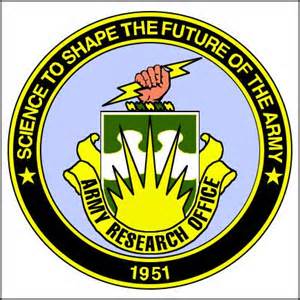Fiber loop ringdown (FLRD) spectroscopy evolves directly from cavity ringdown spectroscopy, using a section of optical waveguide to replace the mirror-based cavity to achieve the multi-pass approach. Over the last several years, FLRD has gone far beyond the original applications of cavity ringdown spectroscopy to trace gas measurements to a broad range of applications in chemical, physical, and biological sensing. Using a uniform sensing scheme—measuring time to sense a quantity, FLRD is not only able to adopt a wide variety of sensing mechanisms for individual sensor fabrication, but is also uniquely suitable for large-scale, multi-function sensor network development.
Laser Spectroscopy and Plasma Lab (LSPL)
Professor Wang's Research Group





 Savannah River National Laboratory
Savannah River National Laboratory
